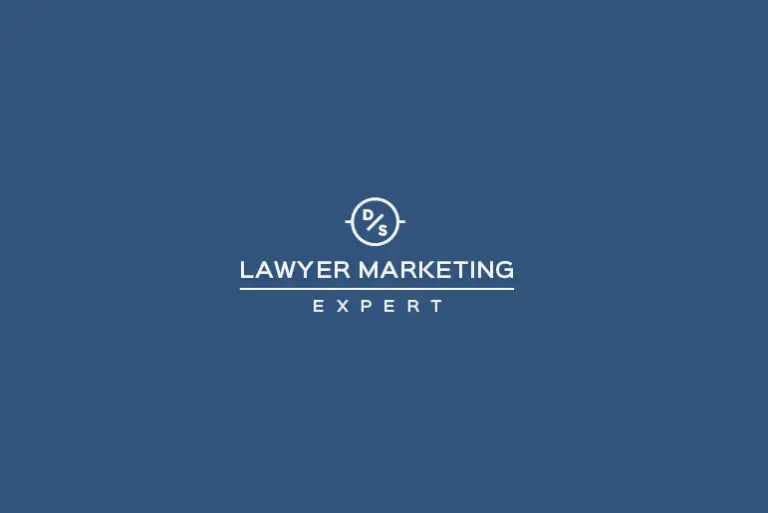We have been hearing more articles every day about how “Link building is dead” and “content is king”. Can you trust the naysayers?
The problem is that in most cases the people espousing this are either…
- …Internet marketing companies that sell content building and have bought into “content is king” as their sole mantra
- …Internet marketing companies that had success with link building in the past, but since their sites and the sites of their customers were penalized they have no idea how to do “natural link building”
- …Internet marketing companies that have no ability to build natural links for their clients
The truth is that in a competitive market you have to have good content on a well structured site combined with a solid off-site SEO strategy that includes linked building, PR and social signalling.
Natural off-site SEO is one of the most difficult and resource consuming strategies for ranking a website, but without it, your site may never rank for the most valuable terms in your industry.
What goes into a “natural” link building strategy?
- Variety
- Timing
- Social Signaling & Tier 2 & Tier 3 Linking
Getting a Variety of Links to Your Site
What do we mean by a variety of links to your site?
Well, what looks natural to Google?
What Worked in the Past, Can be Penalized Now
In the past, everyone’s goal was to get as many of the highest quality links to a site as possible to their site, this usually meant a link from a high PR site, that was “follow” and could even be a “site-wide” link in the footer or in a blogroll. In addition, all of them should ideally be from industry related sites with the text link “Phoenix personal injury lawyer” to the page on my site optimized for the search term “phoenix personal injury lawyer” on the page. The term should be 3%-7% of the the total page content in the H1, and H2, and linked from within the site hundreds of times via the same search term within the site to the same page.
These SEO strategies that worked so well just two years ago can have a negative impact now, because they do not look natural to the search engines, especially Google.
So What Looks Natural?
PR or Domain Authority
In the past, one of the goals was to get links to a site from very highly rated sites. Sites that often had a high “PR” or “Page Rank” by Google.
Besides the fact that many of the site owners of high PR sites used tricks to fake a “PR” for just long enough to sell a bunch of links, this practice does not look natural to Google even if all of the sites are legitimately high PR sites. Why would any site get a majority of it’s links from high PR sites, when the majority of sites don’t have high PRs?
It is important to get links from high PR sites, low PR sites, and sites that are willing to talk about your law firm and link to your law firm. As long as it is a legitimate site that brings some value, it is probably a good link. I am not saying go out and get a bunch of low PR links, but you shouldn’t be afraid of having some links to your site from low PR sites.
A Balance of “Follow” and “No-Follow” Links
For the longest time many SEOs avoided no follow links from any site, deeming them a waste of time. When a link is coded as “no-follow” it is not supposed to pass the domain authority or “PR” from site to site or page to page. There are many useful reasons to use no-follow links, including the prevention of having subscribers to a site abuse the ability to link from one site to another, and to refer people to other sites without diluting your own domain authority.
However, Google and the other search engines are very likely to follow “no follow” links. It also likely looks odd to Google to see nothing but “follow” links to your site. In fact, a very high authority site that publishes an article about your business and adds a “no-follow” link to your site could add credibility to your business in the eyes of the search engines and, of course, in the eyes of the general public.
There is a lot more to discuss on this topic. Check back soon as I will be adding more posts on the topic, or call me now at 720-985-7945 for a free 30 minute consultation.
